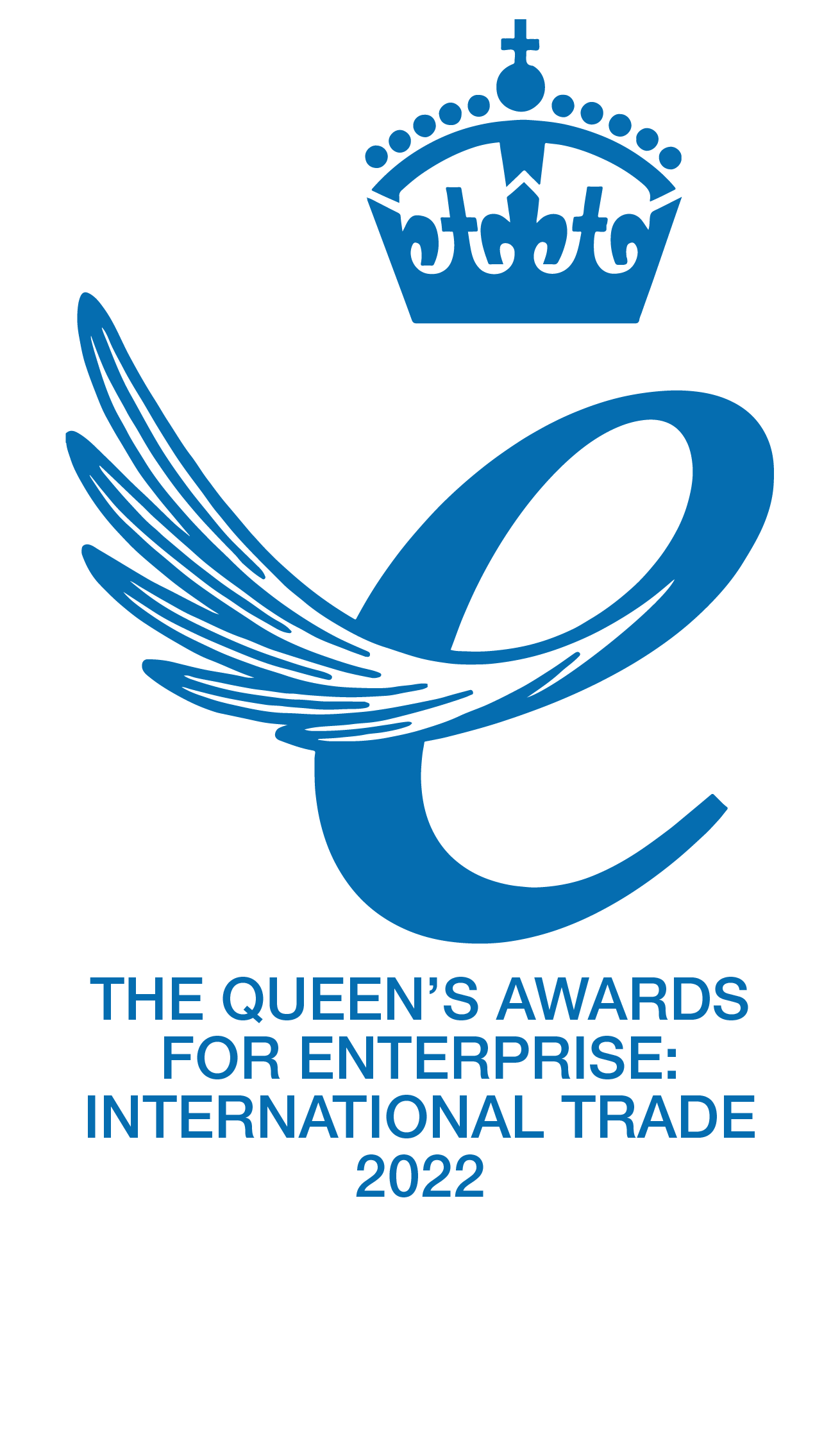Accurate measurements are the cornerstone of various industries, from ensuring product quality and safety to conducting scientific research and monitoring critical infrastructure. To guarantee data integrity and trust, test and measurement equipment requires regular calibration. But how often should you calibrate? While the simple answer might seem like “frequently,” the reality is more nuanced.
International standards like ISO 17025 do not set a one-size-fits-all frequency for calibration. Instead, they advocate for a risk-based approach, acknowledging that the optimal interval depends on various factors specific to your situation. This article delves into the intricacies of determining the appropriate calibration frequency for your test and measurement equipment.
The Fallacy of a Universal Recommendation
At Rolls Royce the test cell for their Trent XWB engines are calibrated every 3 months. In the gas industry, customers are recommended to calibrate their detectors every 6 months, especially if they are using them in confined spaces, in order to sure they are maintaining their accuracy as per technical specifications. There are serious consequences if customers do not value the understanding of their tools or equipment, which unfortunately renders them at risk.
Imagine an alternative two scenarios: a high-precision thermometer used in pharmaceutical research versus a basic voltmeter in a hobbyist’s workshop. Clearly, their requirements for accuracy and calibration differ significantly. Imposing a blanket “yearly calibration” rule wouldn’t serve either scenario well. The research thermometer demands more frequent calibration for utmost accuracy, while the hobbyist’s voltmeter might suffice with less frequent checks due to lower stakes.
This is precisely why standards like ISO 17025 empower users to adopt a risk-based approach. Users, not the standard, become responsible for determining the ideal calibration frequency based on their unique context.
Factors Influencing Calibration Frequency
Several key elements factor into choosing the right calibration frequency:
- Equipment Specifications: Every instrument has inherent accuracy limitations and environmental tolerance levels. Consult the manufacturer’s recommendations for baseline guidance.
- Measurement Uncertainty: How crucial is high accuracy for your measurements? The required level of precision directly impacts the calibration frequency.
- Equipment Usage: Frequency and intensity of use influence calibration needs. Heavily used equipment might require more frequent checks.
- Environmental Factors: Harsh environments (extreme temperatures, vibrations, dust) can accelerate instrument drift, necessitating shorter intervals.
- Impact of Inaccuracy: Consider the potential consequences of inaccurate measurements. Are there safety risks, financial losses, or reputational damage at stake? Higher risks justify more frequent calibration
While the primary responsibility lies with you, valuable resources can assist in determining the appropriate calibration frequency:
- Manufacturer Recommendations: Coltraco’s equipment is manufactured in the UK to the highest standards, using quality components and we are confident that it shall be reliable for at least five years without recalibration, provided the equipment has not sustained any obvious damage. Major approval bodies such as UKAS, NIST, UL and UNIDO recommend annual calibrations for all specialist test equipment and we support these standards as best practice.
- Industry Best Practices: Following our point above, look for industry-specific guidelines or recommendations from professional organizations or regulatory bodies. These often outline best practices based on common applications and equipment types
What about 5-year calibration certificates?
While some competitors may offer 5-year calibration certificates, we believe it’s important to uphold the highest standards of safety and professionalism. At Coltraco Ultrasonics, we adhere to industry best practices and standards, and we believe in providing accurate and reliable calibration services. We do not wish to contravene standards for best practice. Nor do we wish customers to believe that it is the manufacturer that dictates calibration standards, which is not the case. However, we respect that each customer has their own discretion when it comes to calibration frequency. Ultimately, we prioritize safety and quality in all aspects of our services and in line with best practices we recommend annual calibration.
Put your Trust in Coltraco
When you buy from Coltraco, you have confidence in the longevity of your equipment, aided by our Coltraco Customer Care Commitment, including life-time support. In addition, we have set up ODA Service Centres worldwide you can send your equipment for its calibration locally. We always do something “over and above” to enhance the unit for customers and we have a wonderful reputation as a consequence.
Get in touch on [email protected].






